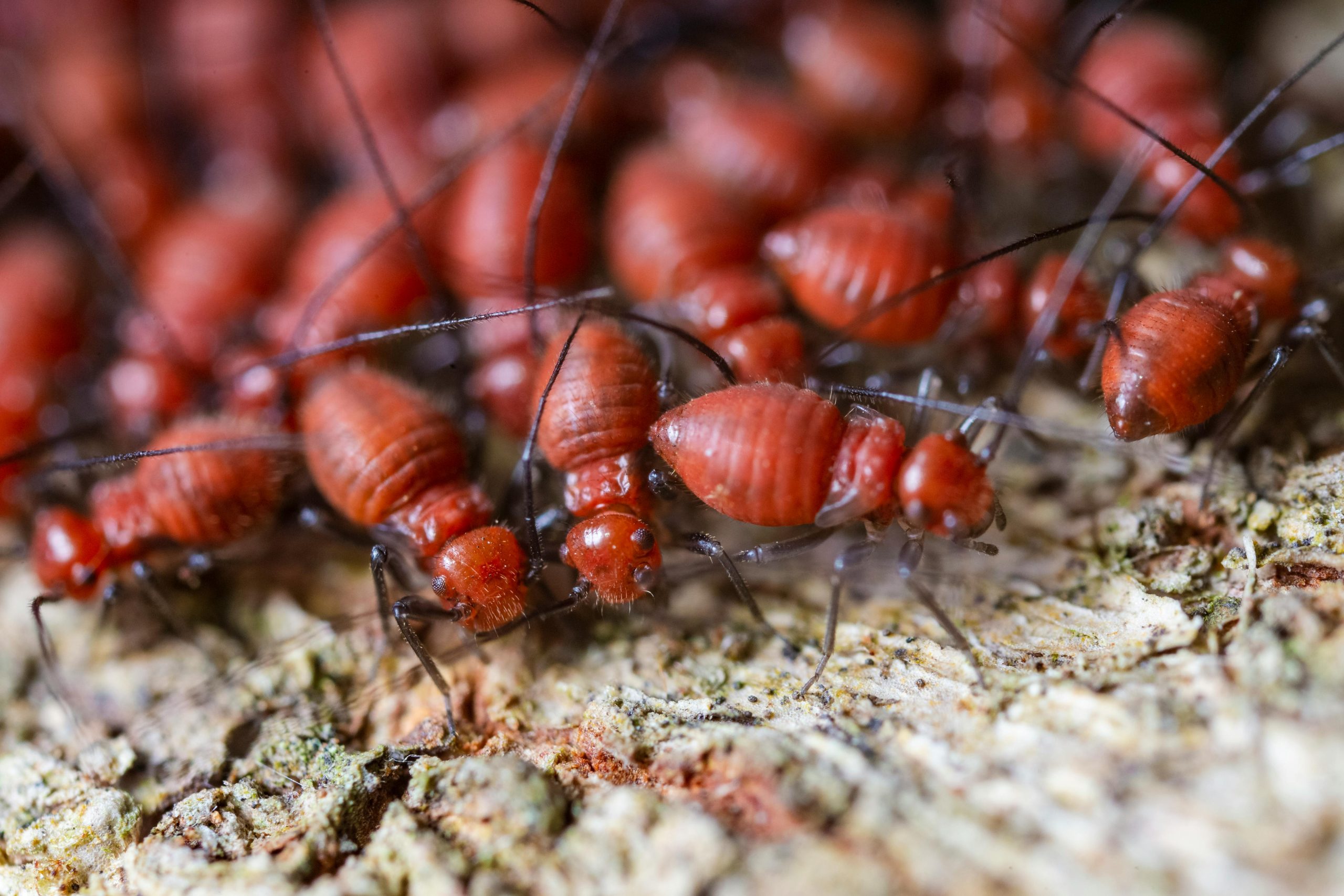How Termite Control in Sydney’s Eastern Suburbs Differs from Other Areas

Termites are a significant concern for homeowners across Australia, particularly in Sydney’s Eastern Suburbs, where the unique climate and environmental factors create a perfect breeding ground for these pests. Understanding how termite control in this region differs from other areas is crucial for effective management and prevention. This article delves into the specific challenges faced in Sydney’s Eastern Suburbs, the methods employed for termite control, and the importance of tailored strategies for effective pest management.
The Unique Environment of Sydney’s Eastern Suburbs
Sydney’s Eastern Suburbs boast a diverse range of landscapes, from coastal areas to lush bushland. This variety not only enhances the region’s aesthetic appeal but also influences the prevalence of termites. The warm, humid climate provides an ideal habitat for various termite species, making effective termite control sydney measures essential.
In contrast to other areas of Sydney, the Eastern Suburbs experience higher levels of rainfall and humidity, which can exacerbate termite infestations. The proximity to the coast also means that properties are often built on sandy soils, which can affect the effectiveness of traditional termite barriers. Understanding these environmental factors is key to developing effective termite control strategies specific to the region.

Common Termite Species in the Eastern Suburbs
Several termite species are prevalent in Sydney’s Eastern Suburbs, each requiring different control methods. The most common species include the Eastern Subterranean termite, the Western Subterranean termite, and the Formosan termite. Each of these species has unique behaviours and nesting habits, which influence how they interact with residential properties.
The Eastern Subterranean termite is particularly notorious for its destructive feeding habits, often causing significant damage before homeowners even realise they have an infestation. In contrast, the Formosan termite is known for its aggressive nature and ability to form large colonies, making it a formidable adversary in pest control efforts.
Challenges in Termite Control
Termite control in Sydney’s Eastern Suburbs presents unique challenges that differ from other areas. One of the primary issues is the dense vegetation and proximity to natural habitats, which provide ample food sources for termites. This can make it difficult to eliminate infestations completely, as new colonies can easily establish themselves nearby.
Moreover, many homes in the Eastern Suburbs are older and may not have been built with modern pest control measures in mind. This can lead to vulnerabilities in the structure, making it easier for termites to gain access. Homeowners must be proactive in identifying potential entry points and addressing them before infestations occur.
Soil Composition and Its Impact
The soil composition in Sydney’s Eastern Suburbs can vary significantly, affecting the effectiveness of termite barriers and treatments. Sandy soils, common in coastal areas, can drain quickly, making it challenging to maintain moisture levels that deter termites. In contrast, clay soils retain moisture, which can create a more conducive environment for termite activity.
Understanding the local soil types is essential for pest control professionals when designing treatment plans. For instance, in sandy areas, chemical barriers may need to be applied more frequently to ensure ongoing protection. Additionally, physical barriers may be more effective in clay-rich areas where moisture retention is higher. Read more about soil compostion at https://content.ces.ncsu.edu/extension-gardener-handbook/1-soils-and-plant-nutrients
Effective Termite Control Methods
To combat the unique challenges posed by termites in Sydney’s Eastern Suburbs, a variety of control methods are employed. These methods can be broadly categorised into preventative measures and active treatments.
Preventative measures are crucial for homeowners looking to protect their properties from termite infestations. This includes regular inspections, maintaining a clear perimeter around the home, and ensuring that any wood materials are stored away from the foundation. Additionally, installing physical barriers, such as stainless steel mesh or concrete, can provide an effective line of defence against termites.
Active Treatment Options
When an infestation is detected, active treatment options must be employed. Chemical treatments, such as liquid termiticides, are commonly used to create a barrier around the property. These chemicals can either repel termites or kill them upon contact, providing immediate relief from an active infestation.
Another effective method is baiting systems, which involve placing bait stations around the property. These stations contain a slow-acting insecticide that termites consume and carry back to their colony, ultimately leading to the elimination of the entire nest. This method is particularly effective for managing subterranean termites, which are prevalent in the Eastern Suburbs. To learn more about proper use of pesticides click here.
The Importance of Professional Pest Control Services
Given the complexity of termite control in Sydney’s Eastern Suburbs, enlisting the help of professional pest control services is often essential. These experts possess the knowledge and tools necessary to accurately assess the situation and implement effective treatment plans tailored to the specific needs of the property.

Professional pest controllers are trained to identify the signs of termite activity, such as mud tubes, damaged wood, and frass. They can also conduct thorough inspections to determine the extent of the infestation and recommend appropriate treatment options. This expertise is invaluable in ensuring that homeowners do not overlook potential issues that could lead to significant damage.
Regular Maintenance and Monitoring
Once a termite treatment has been implemented, regular maintenance and monitoring are crucial to ensure ongoing protection. Homeowners should schedule annual inspections with pest control professionals to detect any signs of new activity early on. This proactive approach can save homeowners significant costs associated with extensive damage repairs.
Additionally, monitoring systems, such as bait stations, can provide ongoing surveillance for termite activity. These systems allow for early detection and intervention, minimising the risk of severe infestations. Homeowners should work closely with pest control professionals to establish a comprehensive monitoring plan tailored to their property.
Conclusion
Termite control in Sydney’s Eastern Suburbs presents unique challenges that require tailored strategies for effective management. Understanding the local environment, common termite species, and the importance of professional pest control services is essential for homeowners looking to protect their properties. By implementing preventative measures, active treatments, and ongoing monitoring, residents can safeguard their homes against the destructive power of termites.
In summary, the distinctive characteristics of Sydney’s Eastern Suburbs necessitate a comprehensive approach to termite control. By staying informed and proactive, homeowners can significantly reduce their risk of infestations and ensure the longevity of their properties.
Related : Why Pest and Termite Control Should Be Part of Your Annual Home Maintenance
